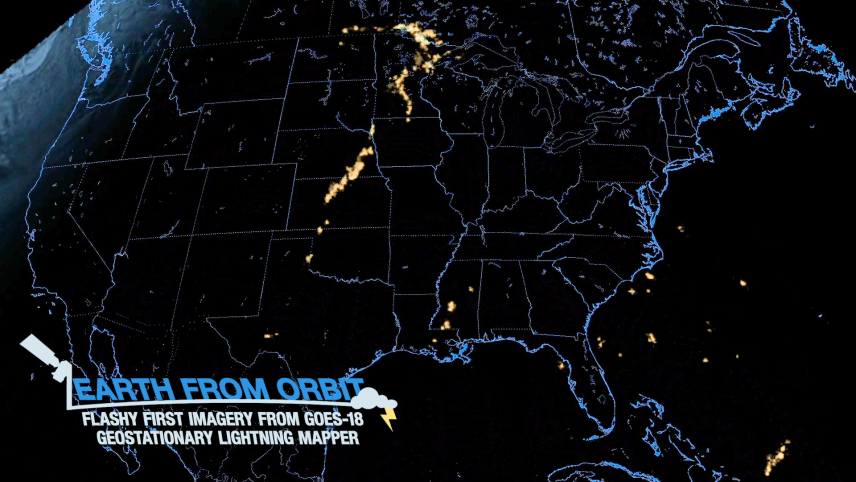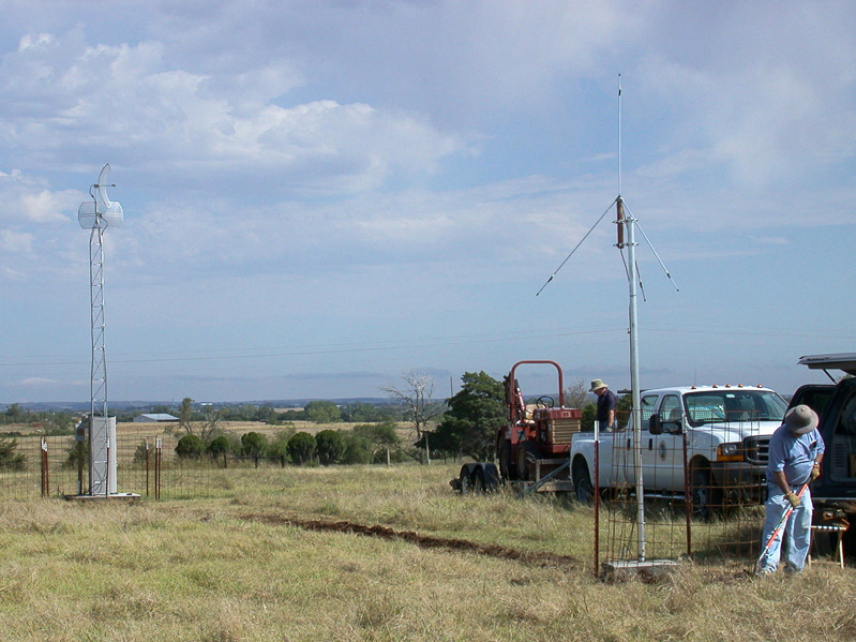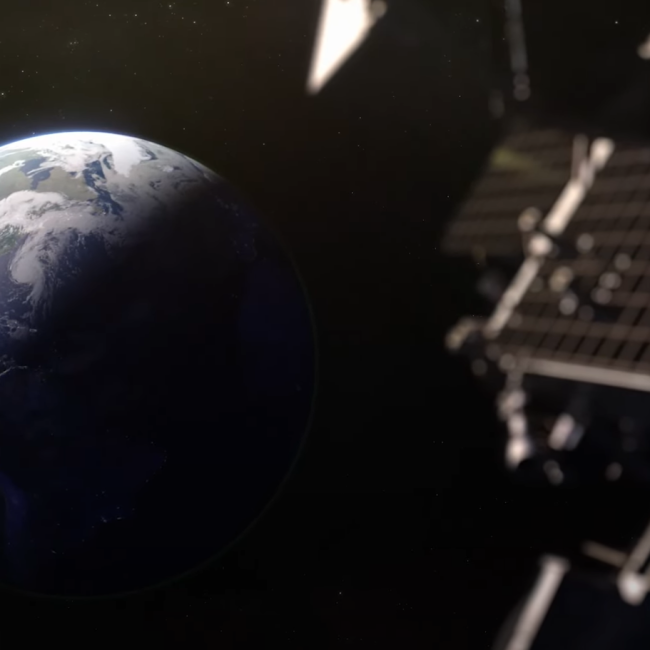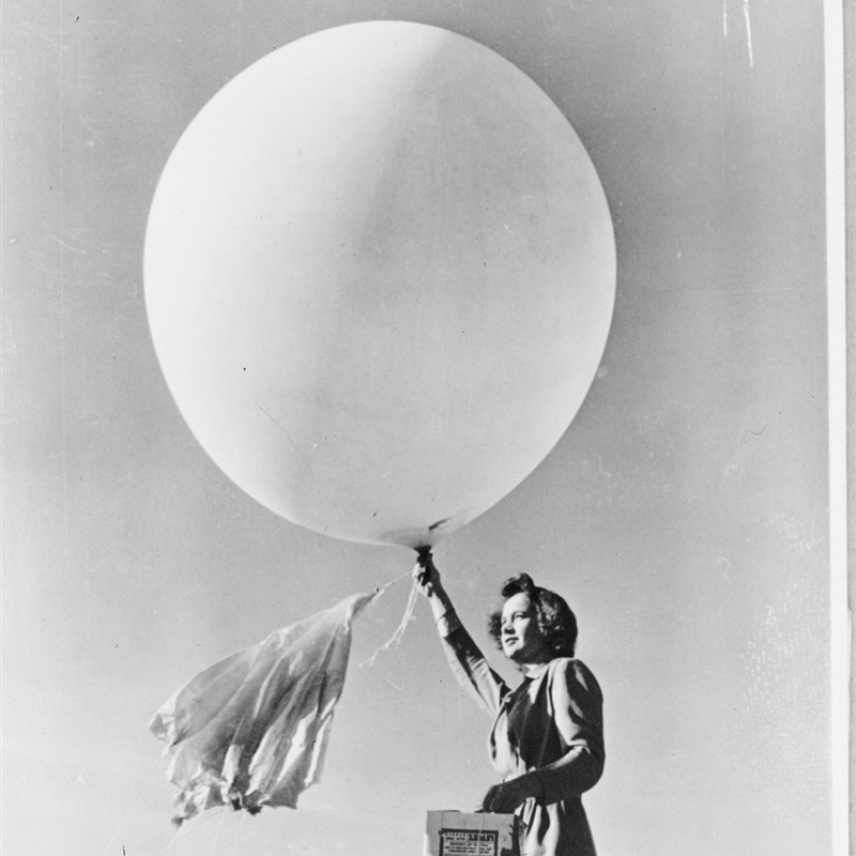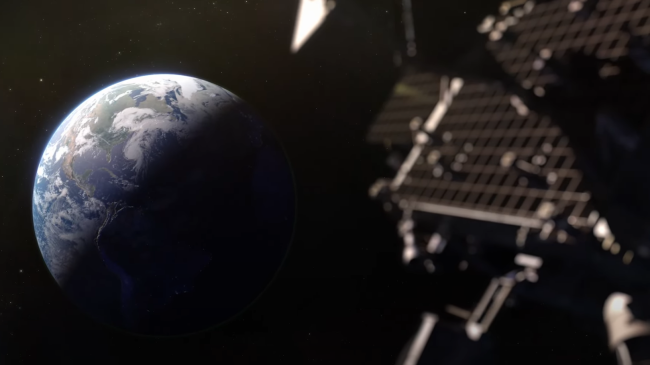How the study of lightning went from earthbound to a bird’s eye view
Lightning may be stunning, but it is also a deadly, destructive force. Meteorologists have studied lightning for centuries, working out its behavior and developing ways to detect lightning strikes. Tools and techniques for lightning detection have come a long way since Benjamin Franklin tested his lightning rod, shifting our view of this powerful severe weather from the ground to the sky.
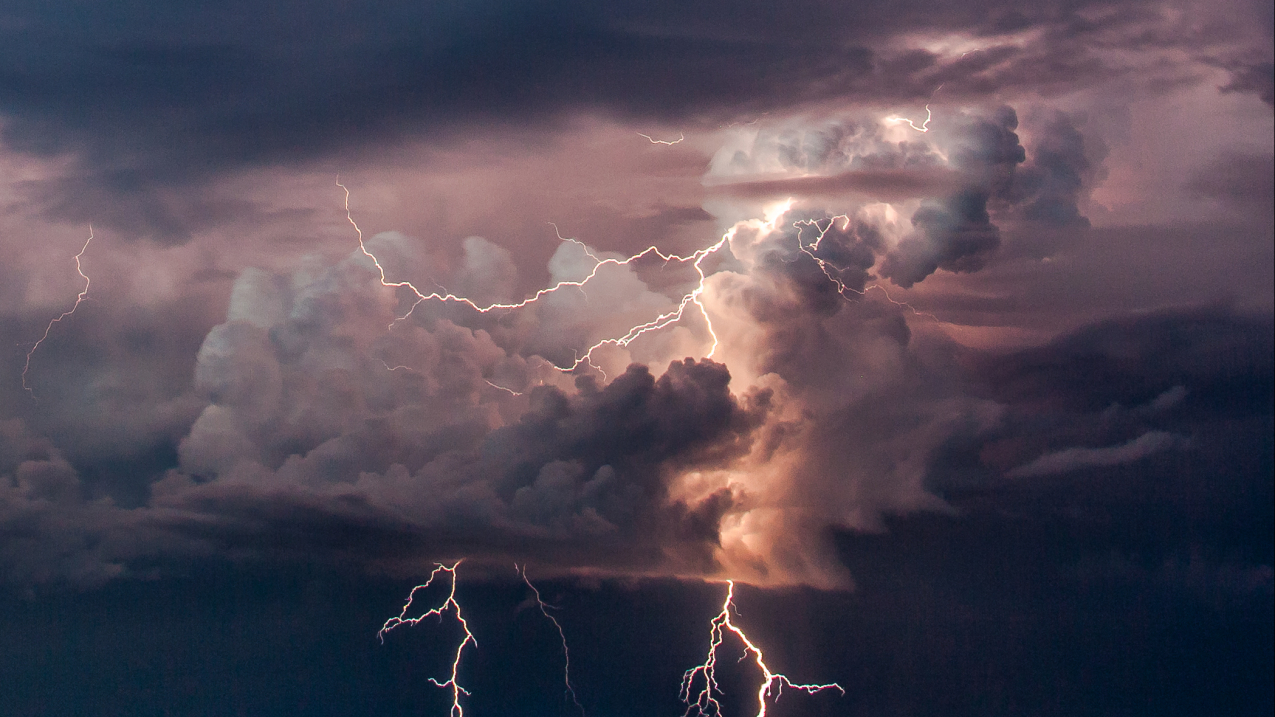
Lightning in North Dakota: July 5, 2014. (Image credit: Jeremy Bower)
Observation
In the early 1700s, lightning detection was solely observational. We relied on seeing lightning and waiting for the thunderclap to determine how far away it was, which is roughly accurate and still practiced by many people.
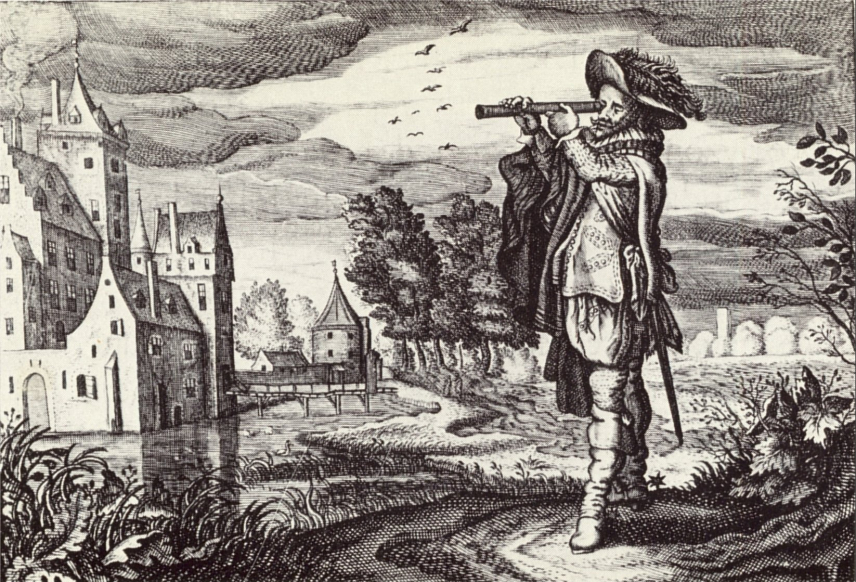
Franklin’s Lightning Rod
In the mid-18th century, Benjamin Franklin invented the lightning rod. Franklin began experimenting with electricity in 1745 which led him to the idea. The pointed rod was made of conductive material, such as aluminum or copper, and placed on top of a building with a wire running down to another rod stuck in the ground, which would conduct a lightning bolt’s electricity safely away from the building and into the ground. He theorized about the concept long before he ever flew his famous kite, saying, "The electrical fire would, I think, be drawn out of a cloud silently, before it could come near enough to strike."
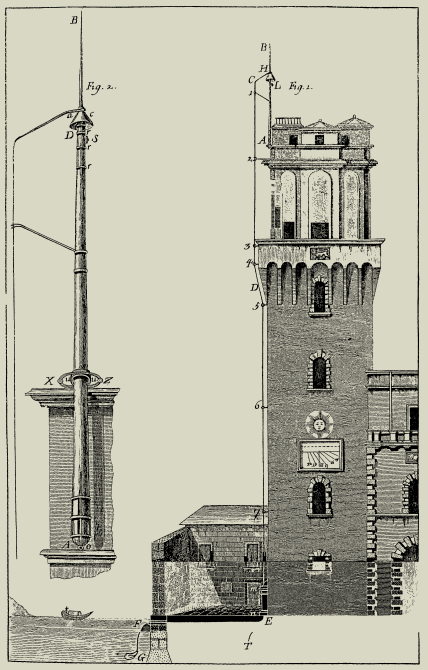
Popov's Lightning Detector
Alexander Stepanovich Popov devised a lightning detector based on an early radio wave receiver in the late 1800s. It detected lightning by sensing its electromagnetic pulses using a coherer receiver that had been invented by Édouard Branly in 1890. A coherer consists of a tube containing two closely spaced electrodes. Between the electrodes are iron filings that stick together, establishing a path through which an electrical current can flow. In 1895, Popov’s device was installed at the meteorological observatory of the Institute of Forestry in St. Petersburg. His lightning detector was also adapted to transmit electrical signals in morse code.
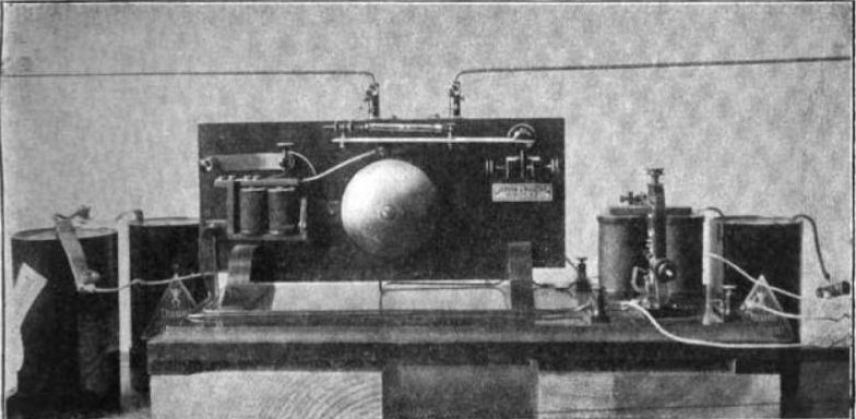
Time-of-arrival Geolocation Techniques
Time-of-arrival (TOA) geolocation techniques were developed in the 1930s and 1940s to aid in ship navigation. In the late 1950s, meteorologists began using these same techniques to locate lightning. The TOA method used the delay in arrival time at multiple lightning detection stations to determine where the lightning was and when it would arrive in the area of concern.

Lightning Mapping Array Systems
In the late 20th century, Lightning Mapping Array (LMA) systems were developed. These are a network of stations consisting of antennas, GPS receivers, and processing systems that detect lightning and estimate the location and travel speed of the lightning bolt based on the time it takes the frequency signal radiated by the discharge to arrive at the various antenna stations in the array.
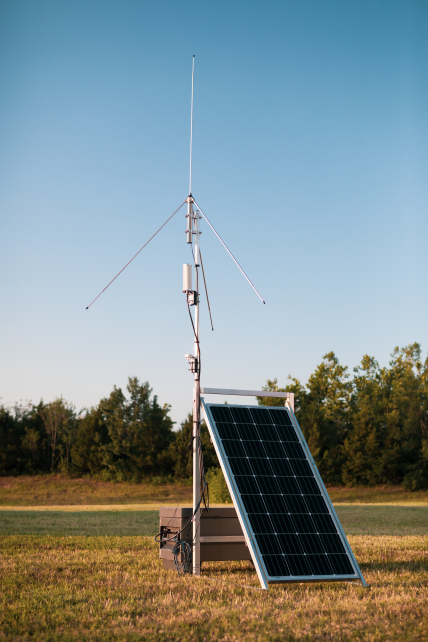
Lightning Prediction?
Although you may hear the term “lightning prediction,” lightning strikes can not truly be predicted. What can be predicted are electrostatic events. However, not all of these lead to lightning, so lightning “prediction” is not especially reliable. Observations and technology are bringing people closer to accurate predictions. NOAA’s ProbSevere LightningCast offsite link model uses visible, near-infrared, and long-wave infrared channels aboard the GOES Advanced Baseline Imager (ABI) to predict the probability of lightning in the next 60 minutes.
Satellites
Satellites have allowed us to detect and map lightning storms like never before – from space. NOAA Geostationary Operational Environmental Satellites (GOES-R) are equipped with an instrument called the Geostationary Lightning Mapper (GLM), the first optical lightning detector on a satellite in geostationary orbit. NOAA began using the GLM in March 2017. In July 2018, the National Weather Service started including its data in the determination of operational weather forecasts.
Prior to the Geostationary Lightning Mapper, the NASA Tropical Rainfall Measuring Mission (TRMM) low earth orbit satellite had the Lightning Imaging Sensor (LIS) onboard, which operated similarly. NASA’s spare LIS is now on the International Space Station. On April 29, 2020, NOAA’s Geostationary Lightning Mapper captured the longest lightning flash on record, which covered a distance of 477 miles.
An Integrated Approach
Currently, NOAA uses both Lightning Mapping Array systems and satellite imagery to detect and locate ground lightning and in-cloud lightning in three dimensions, as well as time. These collected methods of observation keep us safer than ever from lightning strikes.
